SGGPO
On June 14 in Nam Dinh, the Ministry of Education and Training held a Conference on Education and Training Development in the Red River Delta region to 2030, with a vision to 2045; implementing Resolution No. 30-NQ/TW, dated November 23, 2022 of the Politburo on socio-economic development and ensuring national defense and security in the Red River Delta region to 2030, with a vision to 2045.
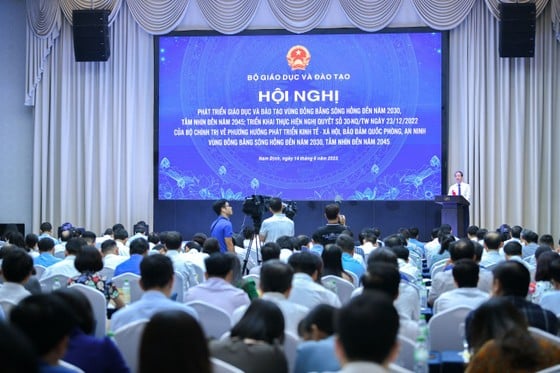 |
Conference on Education and Training Development in the Red River Delta |
In the 2020-2021 school year, the entire Red River Delta (RD) region has 5,561 general education institutions, with more than 4.3 million students. The class/school ratio and the number of students per class at all levels of education in the region are all higher than the national average.
Another indicator that the Red River Delta region also ranks first is the quality of universal education at all levels. The first four localities nationwide to complete universal high school level 3 are all in this region.
At the 2023 National Excellent Student Competition, 6/11 provinces in the Red River Delta region and Hanoi National University were in the top 10 localities and units with the most award-winning students and the most national excellent student awards in the country.
This is always the region with the largest number of candidates selected to compete in international and regional Olympics in the country.
Minister of Education and Training Nguyen Kim Son said that if other regions still have to solve the problem of bringing children and students to school or the problem of the gap in education quality within each locality and between localities in the region, the Red River Delta basically does not have to solve these problems.
 |
Minister of Education and Training Nguyen Kim Son |
All indicators of graduation rates at all levels and average annual high school graduation exam scores in the Red River Delta are among the top in the country. In particular, this is the leading region in applying innovative teaching and testing and assessment methods to reduce pressure on students and teachers; educating in harmony between morality, intelligence, physical fitness and aesthetics, and focusing on learning combined with practice so that students can solve problems in real life.
The process of implementing general education innovation according to the 2018 General Education Program and building happy schools with many positive results in the Red River Delta not only creates changes for the region's education but also plays a leading role in education nationwide.
Not only is the region outstanding in the quality of mass education, it also has a rich tradition in advanced and gifted education. The entire region currently has 14 specialized schools, including 11 schools under the province/city, 3 schools under higher education institutions and 1 specialized high school block.
In addition to localities that have a "brand" in national and international exams such as Nam Dinh, Hai Phong, and Hanoi, systematic investment over the past years has added many localities in the region to be listed in key education such as Vinh Phuc, Bac Ninh, Ha Nam, Quang Ninh, and Hai Duong.
With its strategically important position, the Red River Delta is also the center of human resource training for the whole country. The whole region currently has 113 higher education institutions, including dozens of institutions with the largest scale and quality in the country. On average, every year, there are more than 100,000 students and more than 15,000 trainees and postgraduates graduating.
The rate of trained laborers aged 15 and over in the region is 32.6% (leading among the six socio-economic regions). The rate of population with university degrees or higher in the whole region is about 6.6%. Hanoi and Quang Ninh have the highest quality of labor in the whole region.
However, despite many achievements, education in the Red River Delta is also facing many difficulties. The rapid economic development, along with the rapid urbanization and population growth rate, which is the fastest in the country, has made social issues, including education, slower than the general development, despite being given attention.
Specifically, the problem of planning the school network is still inadequate; facilities and teaching equipment do not meet the needs. The overload situation in schools has not been resolved. In particular, in densely populated areas and new urban areas, there is still a shortage of schools and classes. The quality of care and education for children and students in areas with concentrated industrial parks and export processing zones still has many shortcomings. Although the quality of labor in the region is higher than the national average, it is still low compared to the requirements of a developed economic region when nearly 2/3 of the labor force is untrained or has no degrees/certificates.
According to the Minister of Education and Training, creating more proactive connections to support other regions and localities is what education in the Red River Delta must and should do. In the near future, the story of teachers in the Red River Delta supporting teaching at schools in difficult mountainous areas will not be an isolated one.
Source










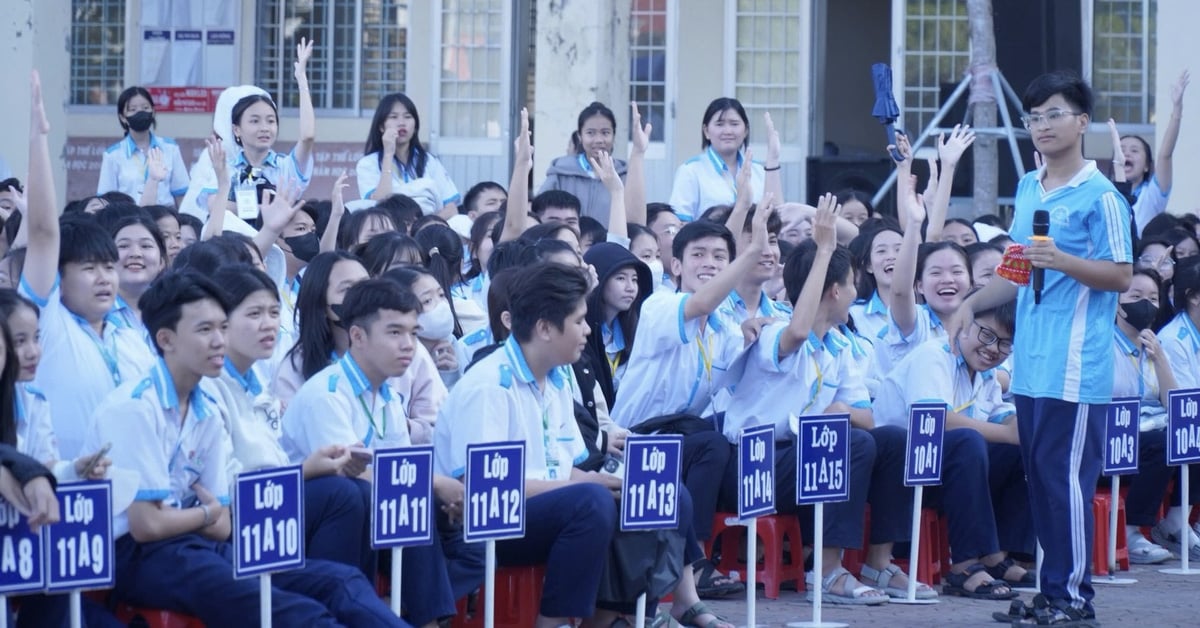

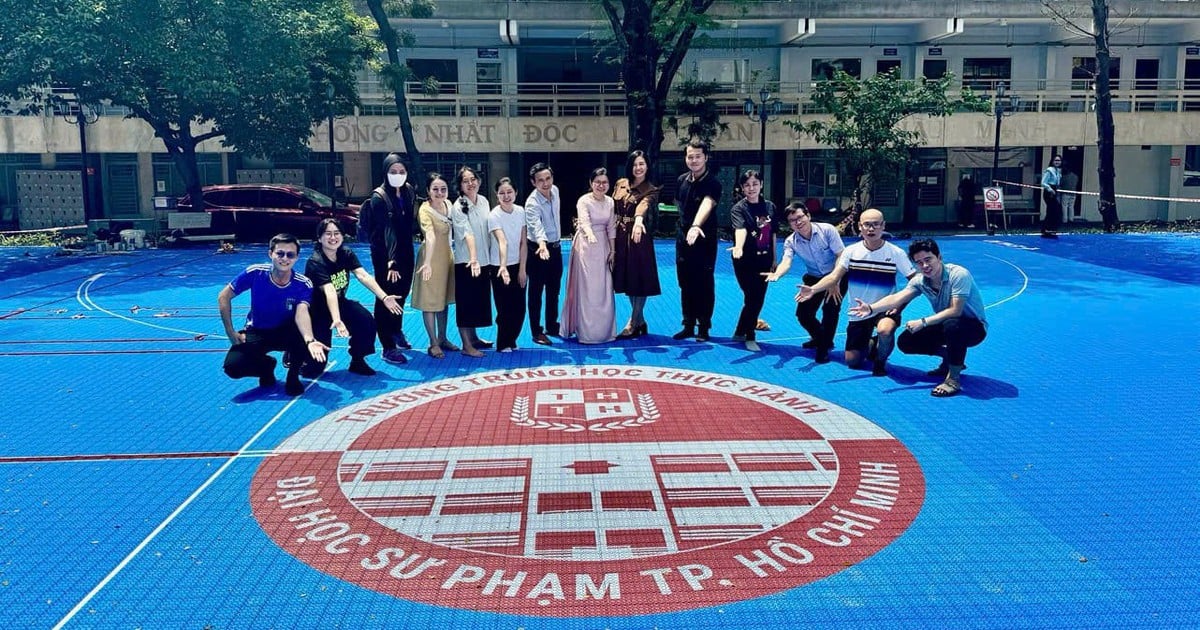

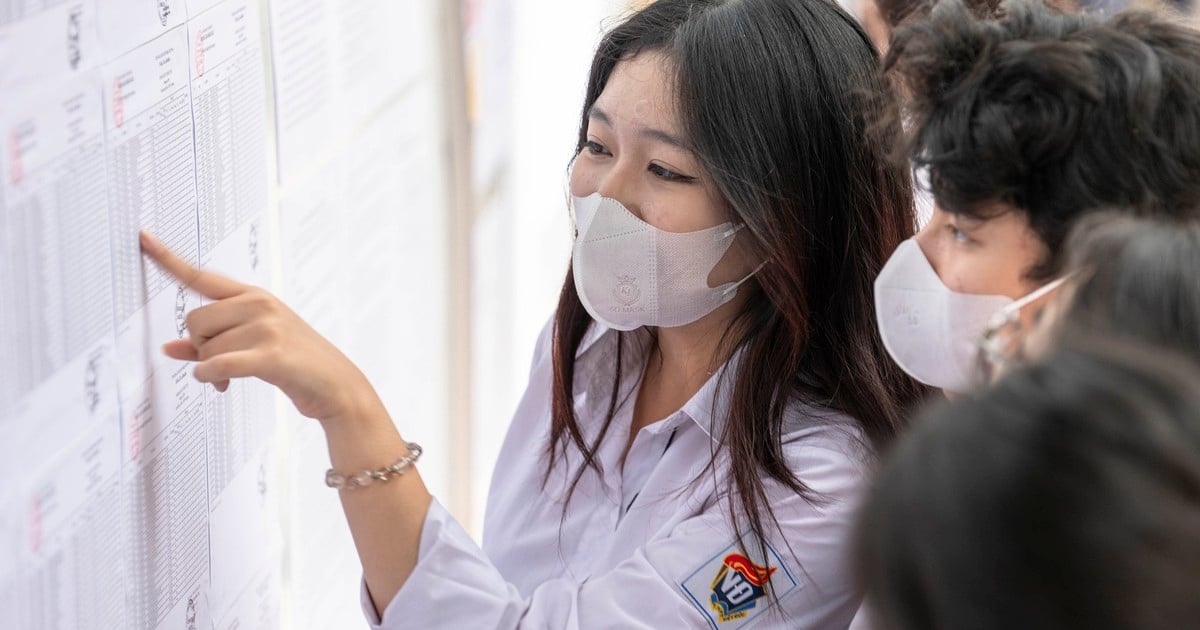
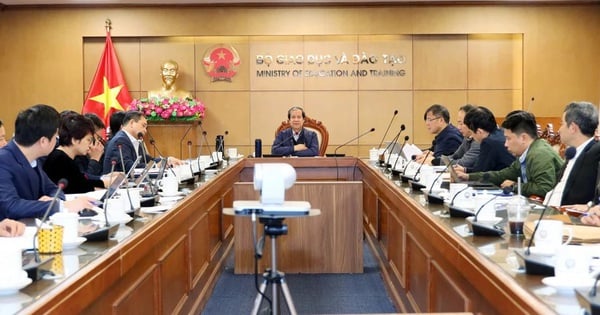







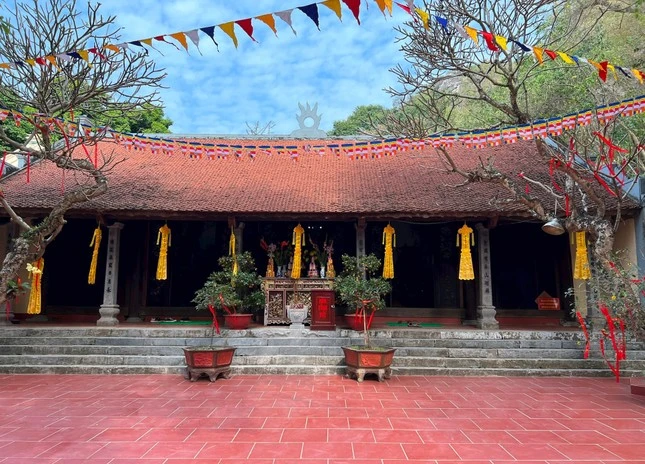
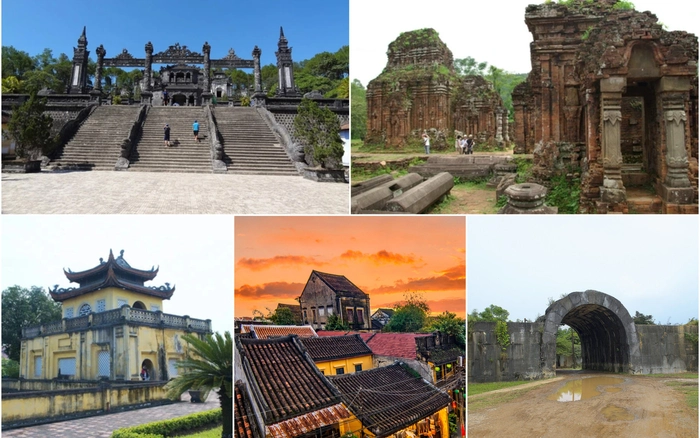









![[Photo] Prime Minister Pham Minh Chinh chairs Government Conference with localities on economic growth](https://vstatic.vietnam.vn/vietnam/resource/IMAGE/2025/2/21/f34583484f2643a2a2b72168a0d64baa)


















































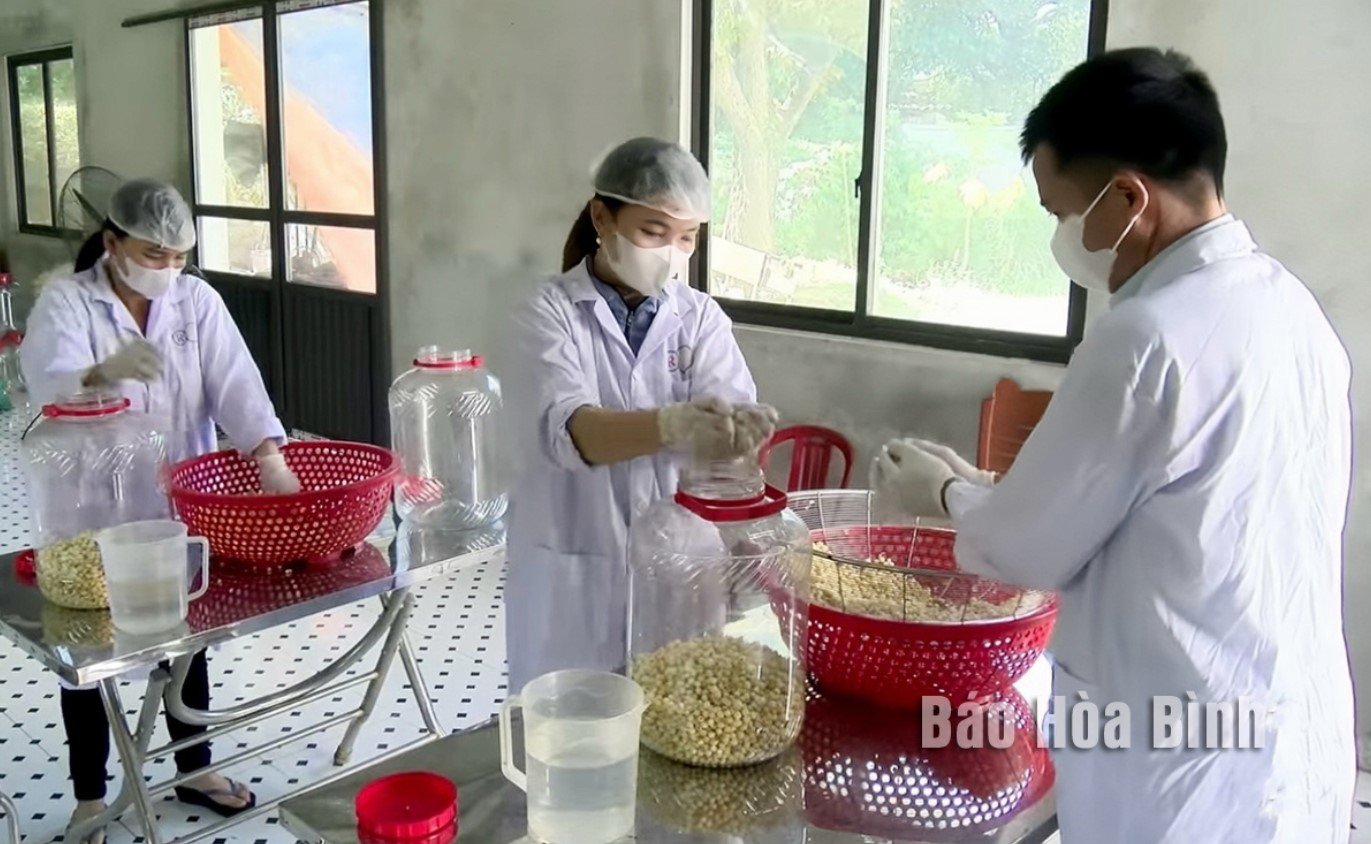







Comment (0)